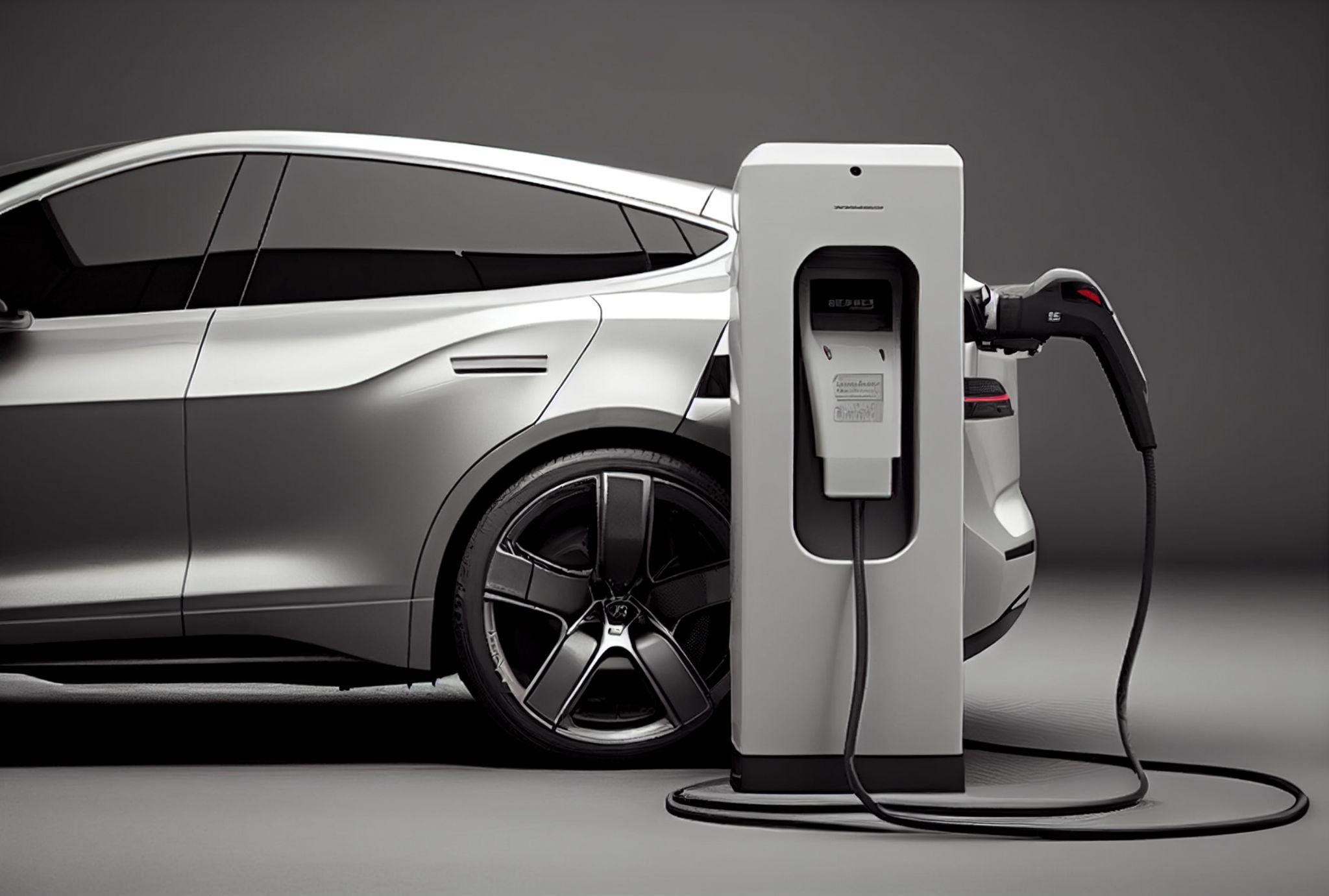VSAC in the EV Era : An Acoustic Testing Environment for the Age of Electrification
06/25/2025

MSAC / VSAC
The Quieter It Gets, the More the Noise Stands Out — Acoustic Challenges in the EV Era
In conventional gasoline-powered vehicles, engine and exhaust noise dominated the vehicle’s overall acoustic profile.
However, in modern electric and hybrid vehicles, where the engine is silent, new sound sources have become more prominent:
- Inverter whine
- Cooling fan noise
- Motor operation noise
- Sound transmission into the cabin
- Artificial alert sounds (AVAS) designed to be audible
These low-level sounds, once masked by engine noise, are now clearly perceptible.
As a result, there is an increasing need for an acoustic environment that minimizes background reflections, allowing precise identification and evaluation of individual vehicle noise sources.
At the center of this testing environment is the Vehicle Semi-Anechoic Chamber (VSAC).
What Is a VSAC?
A VSAC is a large semi-anechoic chamber designed for vehicle noise evaluation and analysis. Key features include:
- Rigid, flat reflective floor surface that simulates real-world road conditions
- Highly absorptive walls and ceiling, lined with advanced materials such as BFW wedges
- HVAC, lighting, and infrastructure designed to minimize noise and acoustic reflections
- Capable of evaluating rotating systems, driving noise, fan operation, and AVAS sounds
VSACs are also compatible with key acoustic measurement standards such as ISO 3744, ISO 362, and ISO 13325.
Why Is VSAC So Important Now?
1. EVs Are Quiet by Default — Which Means Noise Stands Out
Because EVs are inherently quiet, even minor sounds or uncomfortable high-frequency tones can become noticeable quality issues.
Particularly:
- High-frequency inverter sounds
- Micro-vibrations from electric powertrains
- Acoustic leakage into the cabin
These cannot be accurately evaluated without a precise and highly repeatable testing environment like VSAC.
2. Vehicles Are Now Designed to Emit Sound
Due to pedestrian safety regulations, EVs are required to have AVAS (Acoustic Vehicle Alerting Systems).
Designing these intentional, pleasant-yet-audible artificial sounds requires a neutral and objective acoustic testing environment — which is exactly what a VSAC provides.
3. The Frequency Range Has Expanded
Whereas internal combustion vehicles focused mainly on low to mid frequencies, EVs bring acoustic attention to the 1 kHz–10 kHz range and beyond.
This demands sound-absorbing wedges (like BFW) with high cut-off frequencies, as well as a chamber space designed to minimize residual reflections across this broader spectrum.
Sonora’s VSAC: Purpose-Built for the EV Era
Sonora’s VSAC solutions are optimized for the precision evaluation of EV-specific low-level and high-frequency sounds. Features include:
- Broadband absorption using BFW (Broadband Fractal Wedge)
- Optimized ceiling and wall patterns to support high-frequency cut-off performance
- Fully reflective floor construction compliant with ISO standards, with low-vibration supports
- Microphone configurations tailored to EV fan noise and AVAS testing
- Integratable with chassis dynamometers for running tests under load
In collaboration with HBK, Sonora also provides a complete acoustic measurement ecosystem, integrating sound power testing and acoustic imaging systems.
Conclusion: In the EV Era, Sound Must Be Measured Because It’s Harder to See
We’ve entered an era where vehicles are not defined by silence, but by the visibility of subtle sound.
In this new paradigm, VSAC serves as the foundation for making invisible sounds visible, enabling manufacturers to control and improve vehicle quietness and sound quality.
As vehicle electrification advances, Sonora contributes to a quieter and more comfortable mobility future by delivering VSAC environments tailored to the evolving acoustic demands of EVs.